fal announced its acquisition of Remade, a -Y Combinator-backed startup focused on AI-native tools for creative and design teams. This marks fal’s first acquisition since its launch in 2021, and reflects a broader push into content-creation workflows that directly impact the marketing-technology (MarTech) and content-automation sector.
Founded by engineers Burkay Gur and Gorkem Yurtseven, fal provides developers with access to over 600 image, video and audio models via its serverless GPU infrastructure. Enterprise clients include Adobe, Canva, Perplexity and Shopify. Remade, launched in 2024 by a team of Cambridge computer-science graduates, built an AI-native workspace tailored for marketing and design teams, unifying image and video generation models in one interface.
What This Means in Practice
With Remade onboard, fal intends to integrate its generative-media infrastructure with a front-end creative toolset—bridging the gap between developer-focused model access and designer/marketer UX. According to fal’s blog:
“The Remade team will join fal to help expand our platform and accelerate new capabilities for developers and creators around the world.”
Some expectable outcomes include:
A unified workflow where marketing teams can generate image/video assets, iterate rapidly and deploy across channels—without switching platforms or waiting for developer hand-offs.
Enhanced MarTech content-automation potential: assets generated, tagged, indexed and ready for deployment in campaigns faster.
Greater scale: fal already supports 100 million+ generative-media requests per day and 99.99 % uptime.
In terms of acquisition strategy, fal said the Remade team’s rapid shipping and technical depth were major drivers:
“The pace at which these four founders shipped high-quality code was impressive. … We love their hustle and are glad to have them on the team.” – Burkay Gur (fal)
Impact on the Martech Content Industry
The acquisition has several key implications for MarTech content creation and automation workflows:
1. Content Automation Elevates Beyond Templates
Marketing content platforms have long offered templates, stock-assets and design libraries. With fal + Remade, content generation moves toward true creative automation-AI-driven image/video generation, rapid variant creation and native designer workflows. For the MarTech content industry, this accelerates the shift from manual asset production toward scalable, AI-powered creative engines.
2. Closer Alignment Between Marketers and Generative AI Infrastructure
Previously, generative-AI infrastructure (like fal) was largely developer- or model-focused. By acquiring Remade—a tool built for design/marketing teams-fal bridges the gap between IT/model teams and creative/marketing operations. In the MarTech content industry, we’ll likely see more platforms combining backend AI capabilities with front-end UX designed for non-technical users.
Also Read: MoEngage Raises $100M to Scale AI Marketing Automation
3. Increased Speed and Scale of Asset Production
Marketers are under pressure to produce more assets (videos, ads, social posts) at higher velocity. With a combined fal/Remade stack, workflows-from brief to ideation to generation to deployment—can be significantly compressed. MarTech content systems will increasingly support hundreds or thousands of asset variants per campaign, rather than the traditional handful.
4. Metrics, Tagging and Asset Intelligence Become Core
As content generation scales, metadata, indexing, tagging and analytics become key to managing asset libraries effectively. The acquisition suggests that future MarTech content platforms will embed not just generation but also smart asset-management, versioning and insights—so marketers can track what works, adapt creative and deploy dynamically.
Effects on Businesses Operating in the MarTech Content Ecosystem
For marketers, agencies, creative teams and MarTech vendors, this move brings operational opportunities and strategic imperatives:
Opportunities:
Agencies can deliver more creative output faster using AI-powered asset-generation workflows—potentially reducing cost and ramp time while improving personalization.
Brands can leverage automated creative generation to support dynamic campaigns—tailoring visuals/videos to segments, markets and channels at scale.
MarTech vendors can partner with or incorporate generative-media infrastructure directly into their offering—creating more integrated solutions (content + automation + campaign management).
Strategic Considerations:
Organisations will need to invest in creative-automation governance (ensuring brand consistency, quality control, compliance) as asset generation scales.
Marketing teams must adopt new workflows: creative briefs that feed into AI models, rapid iteration loops, measuring variant performance—not just final assets.
Vendors must ensure their platforms are “AI-ready”—capable of seamless production, asset management, variant tracking and integration with campaign-execution tools.
Challenges:
Quality vs. quantity: Rapid asset generation is valuable, but marketers still demand effective, on-brand creative. Systems must balance speed with creative integrity.
Creative teams need new skills. These include prompt engineering, variant management, and asset analytics. They must also adapt to new workflows.
Integration complexity: MarTech stacks usually include DAM (digital asset management), CMS, campaign automation, and analytics tools. Adding generative AI tools requires seamless connectivity and data flows.
Intellectual Property and Rights Issues: Organizations need to clarify ownership, licensing, and ethical use of AI-generated assets. This is crucial as variations keep increasing.
Looking Ahead: What Businesses Should Do
To capitalise on this shift in the MarTech content industry, consider the following steps:
Audit your asset-production workflow. Identify bottlenecks. How long does it take from brief to deployment? How many variants could you generate if time were compressed?
Pilot creative automation workflows: Begin with set campaigns like social posts and video ads. Measure time to asset, variant count, and performance lift compared to traditional methods.
Invest in asset metadata and tracking. Make sure your systems tag assets by variant type, channel, and performance. Link these tags to campaign outcomes. This will feed dashboards for better insights.
Upgrade your MarTech stack. Check if your content and campaign tools work with generative-media systems. Also, see if they support scaling, managing variants, and analytics.
Train creative teams for quick changes. Help designers and marketers understand prompt engineering. Encourage them to think in variants, like “What if I create 10 versions?” Also, use analytics for feedback loops.
Define Governance:
Set rules for creative automation.
Ensure brand consistency.
Manage rights.
Oversee the AI asset lifecycle.
Retire variants.
Conclusion
The acquisition of Remade by fal marks a significant change in the MarTech content industry. Here, content generation, automation, and scale come together. For marketers, agencies, and vendors, the future isn’t just about making static assets. It’s about automating workflows, creating endless variants, and managing them smartly. They must also connect these efforts directly to campaign performance. Companies that invest in infrastructure and redesign workflows will improve analytics. This will give them a competitive edge. Content automation is becoming essential to marketing systems.
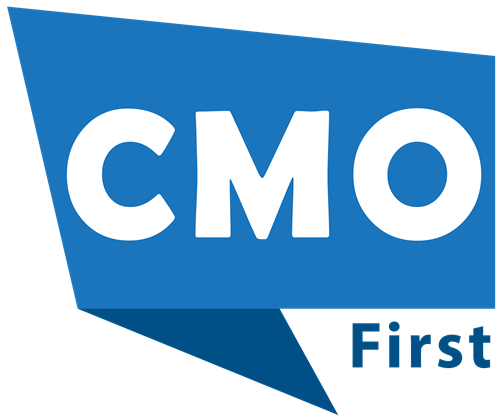





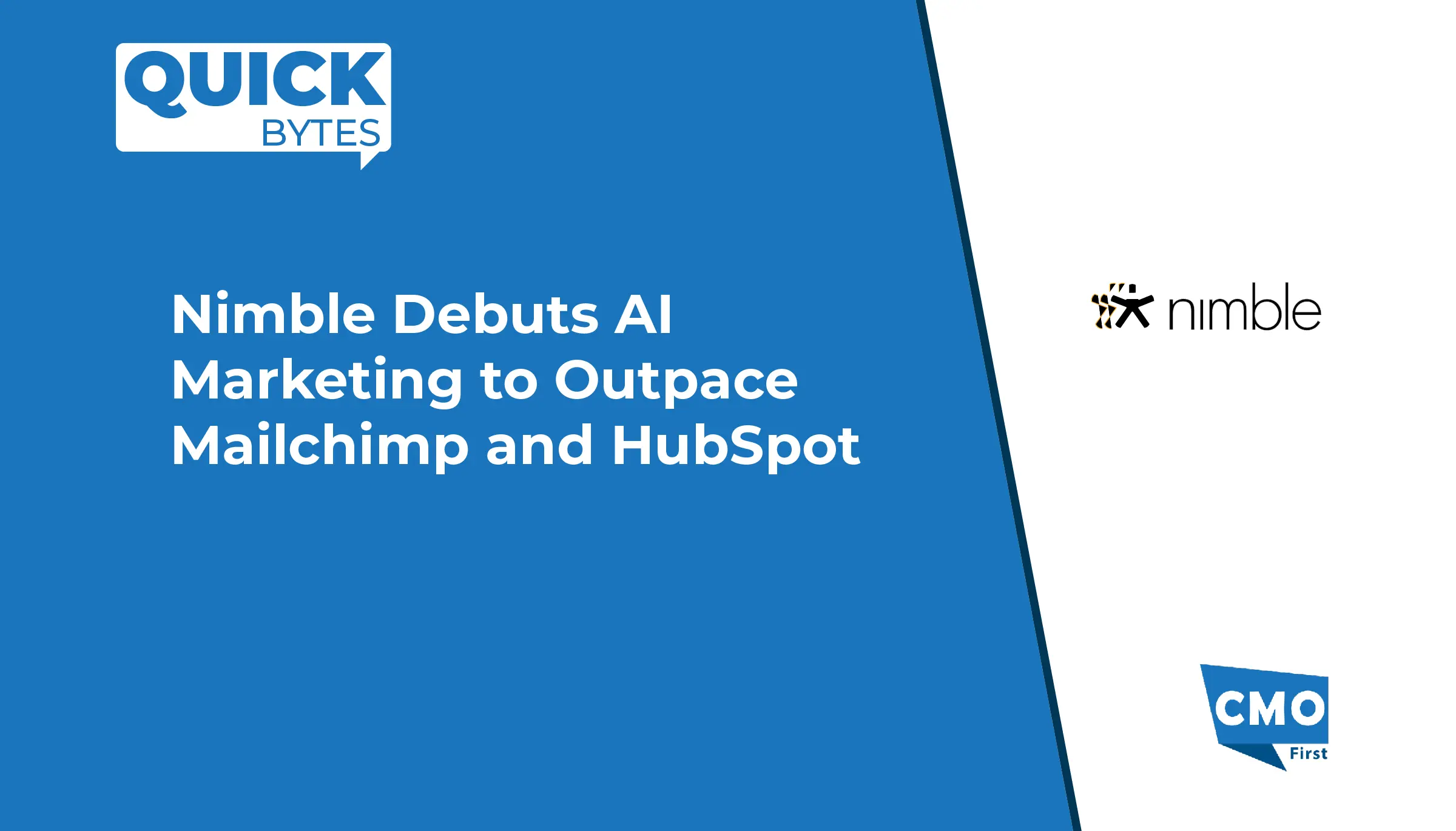
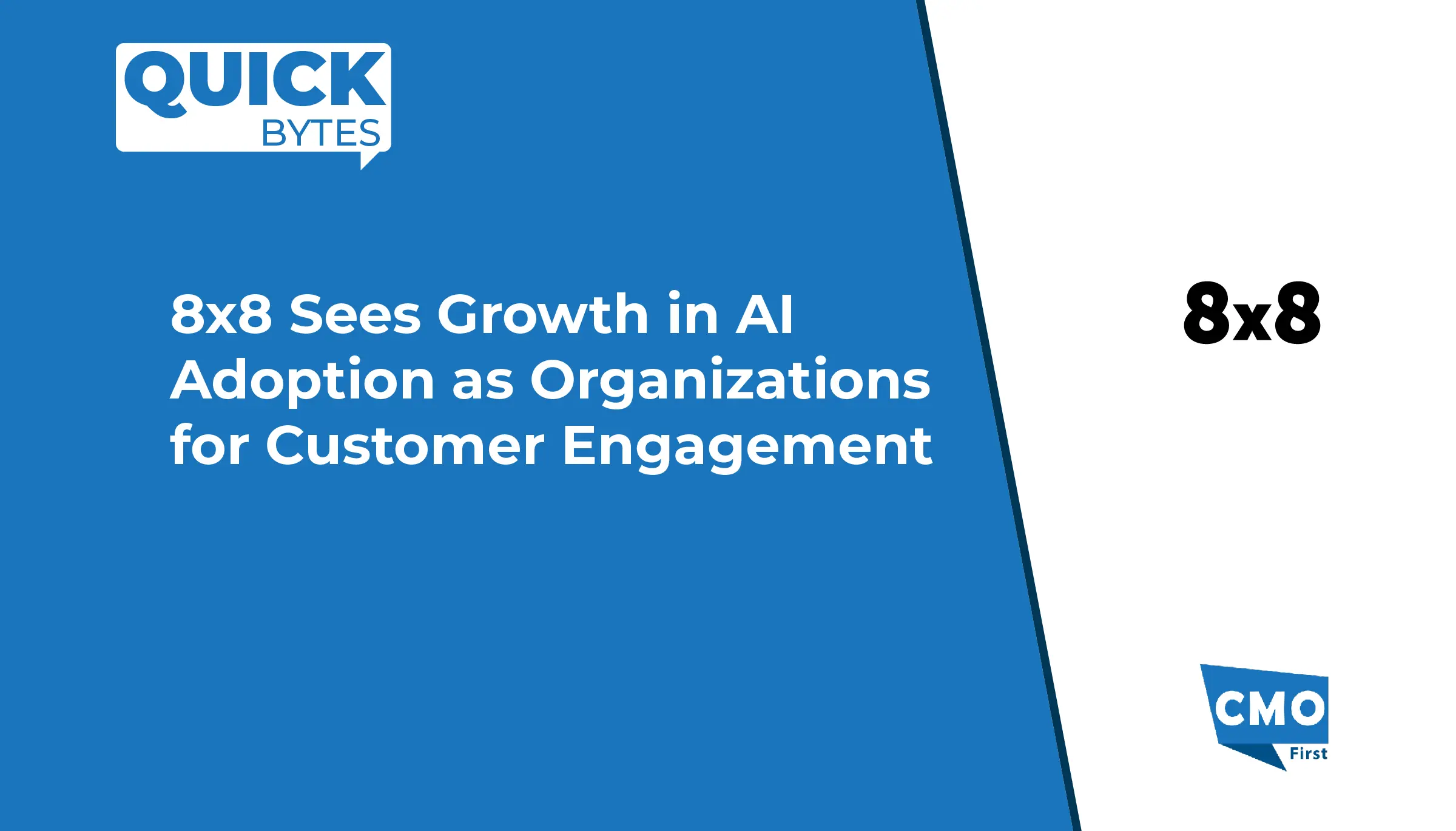
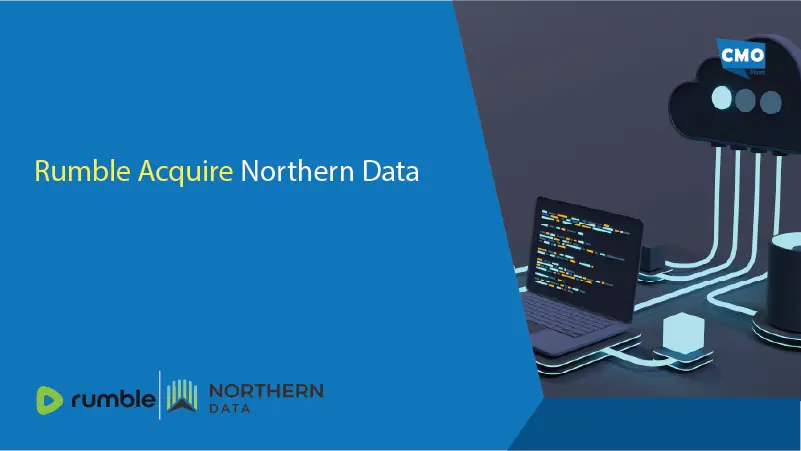



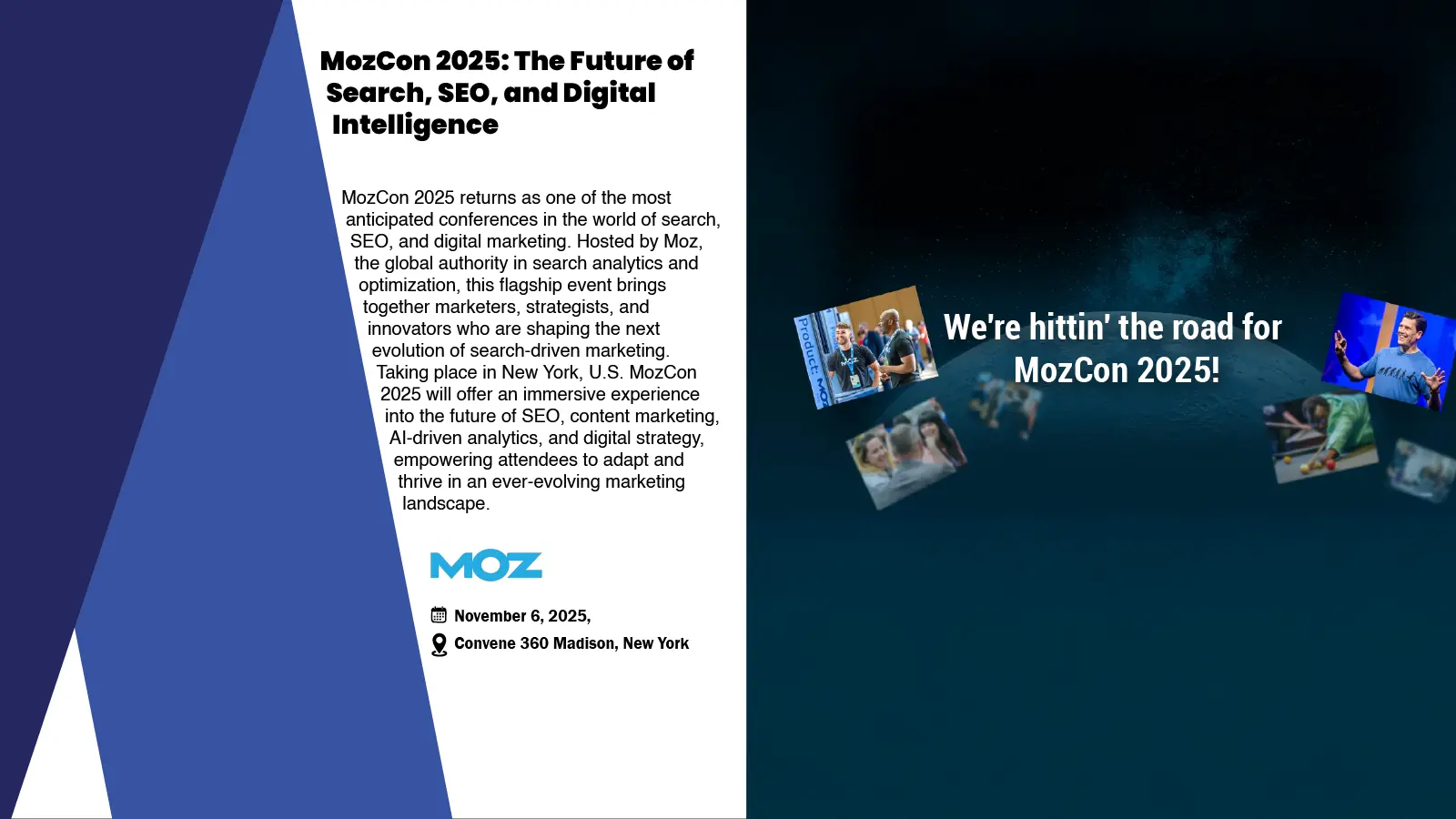
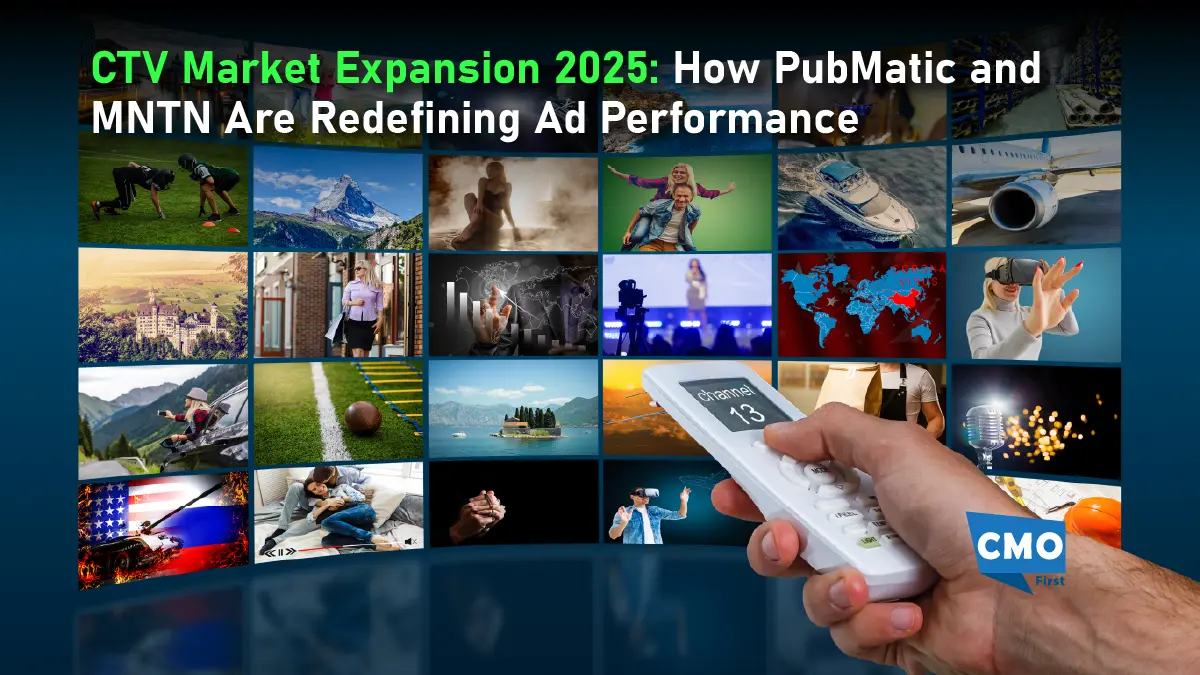
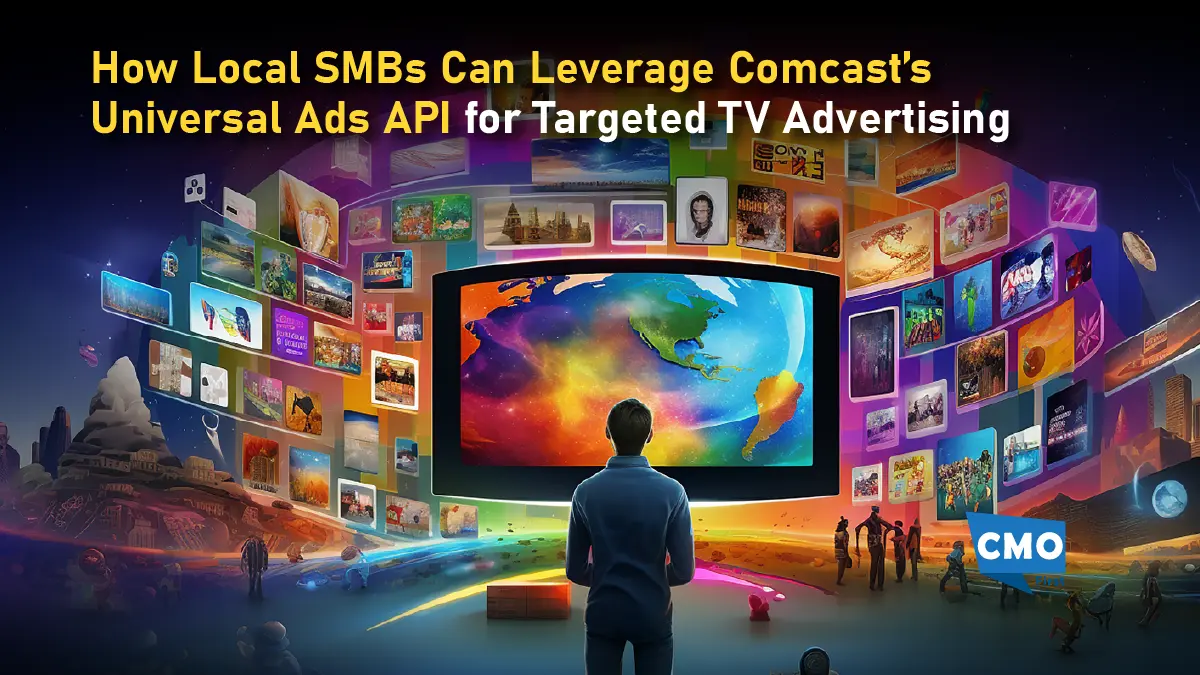
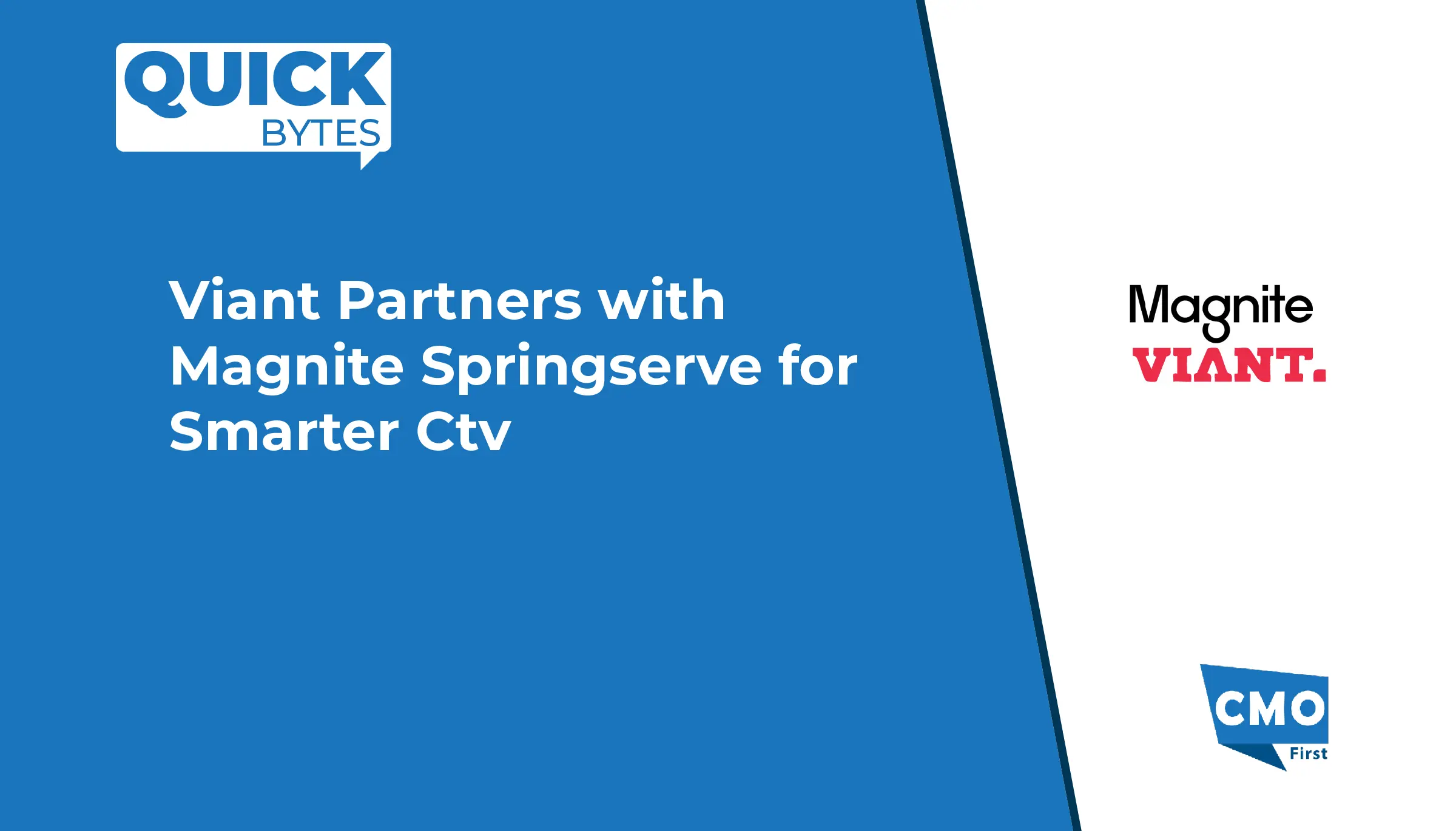

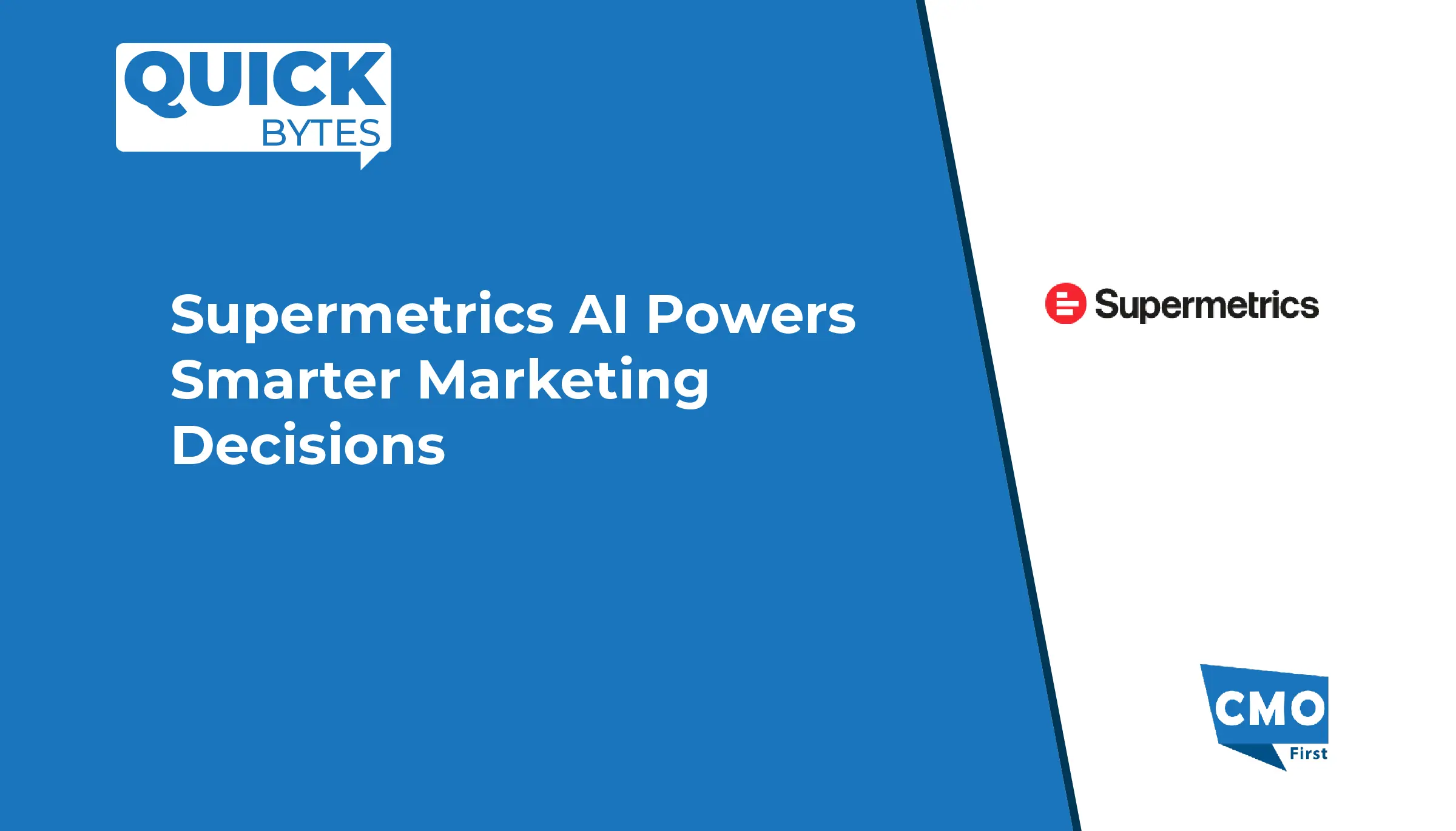
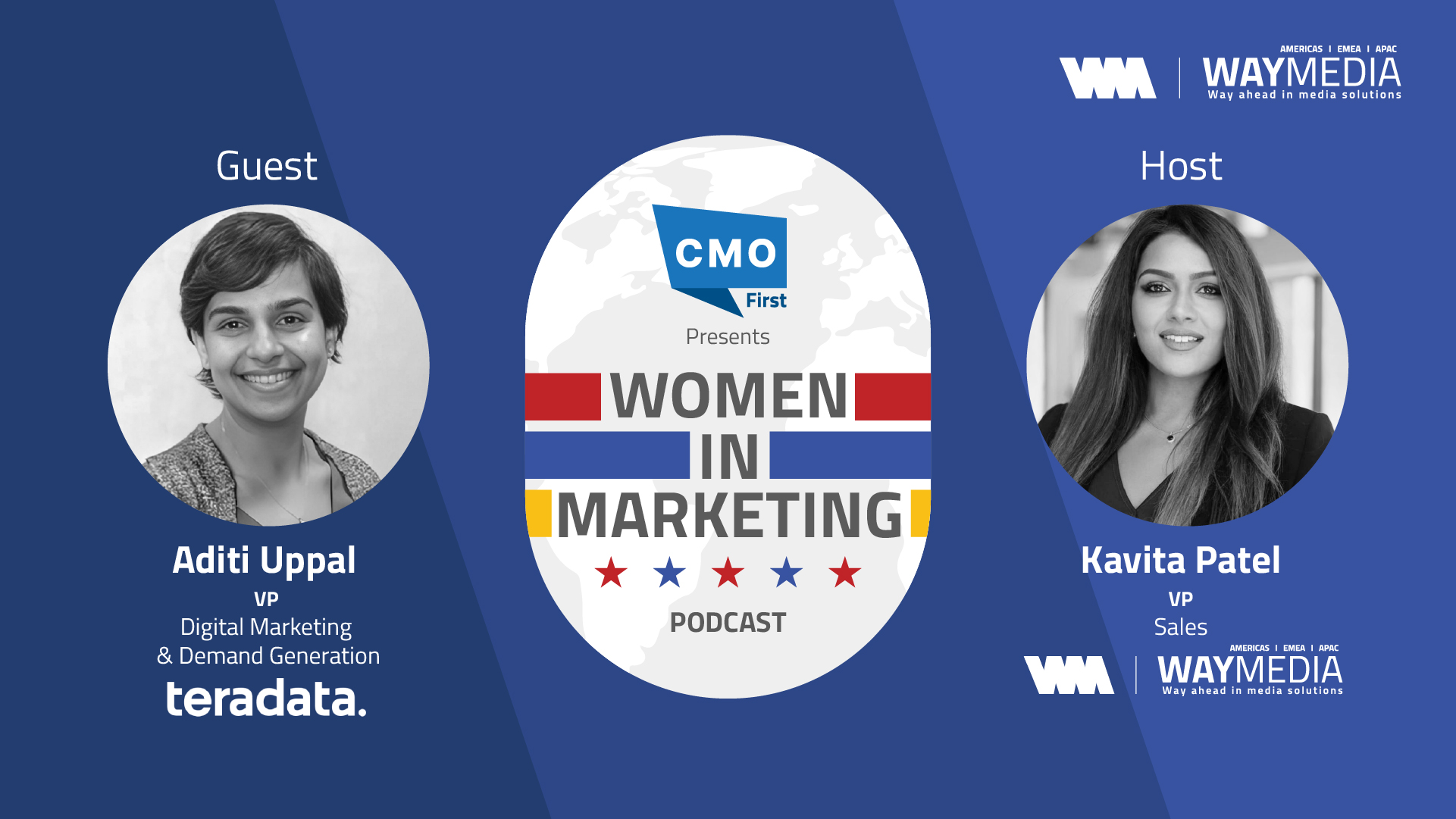


Leave a Reply